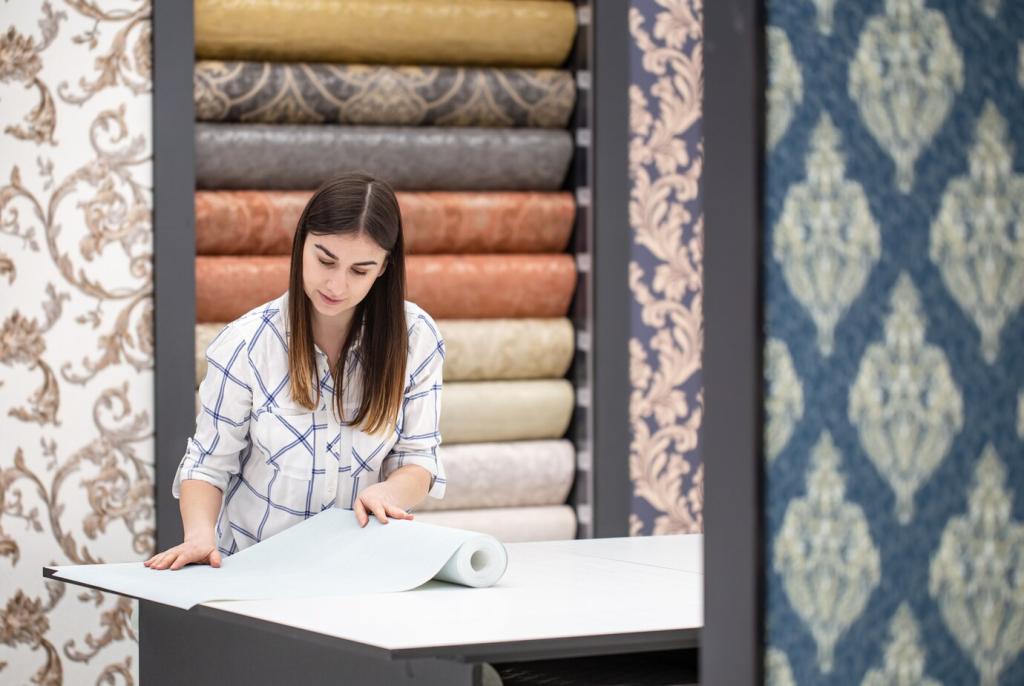
Famous Soft Furniture Designs Through History
Selected theme: Famous Soft Furniture Designs Through History. Settle in as we journey from royal cushions to modern modular masterpieces, revealing how iconic sofas and armchairs reshaped everyday comfort. Share your favorite era in the comments and subscribe for more living history of design.
Origins of Upholstered Comfort
In medieval halls, thick floor cushions and bolsters signaled rank as clearly as heraldry. Softness was portable and prized, stitched from wool and linen, scrolled across benches. The room’s warmth came not from upholstery alone, but from fabric, bodies, and shared stories.
Origins of Upholstered Comfort
As craftsmanship advanced, textiles embraced frames, turning benches and cassoni into comfortable perches. Velvet and brocade tempered rigid wood with vivid pattern. The earliest settees invited conversation, with softness concentrated in seats and trims rather than the plush, enveloping silhouettes we now expect.
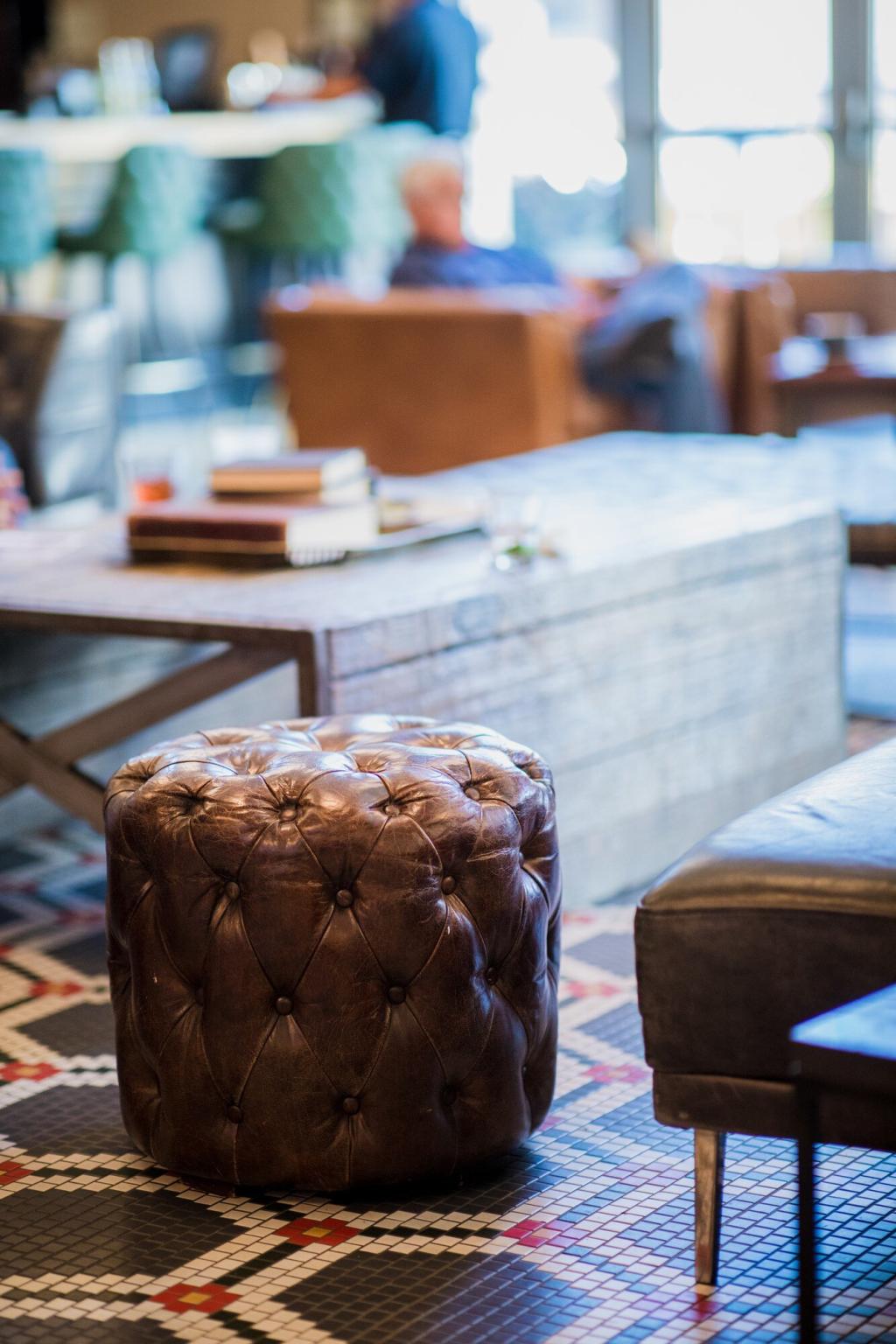

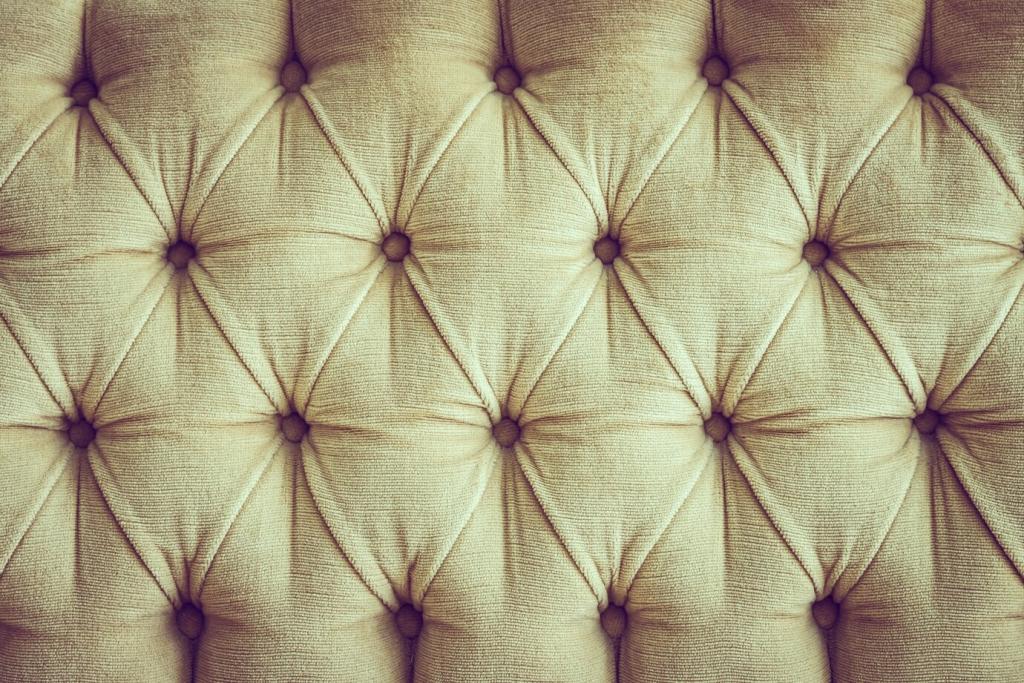

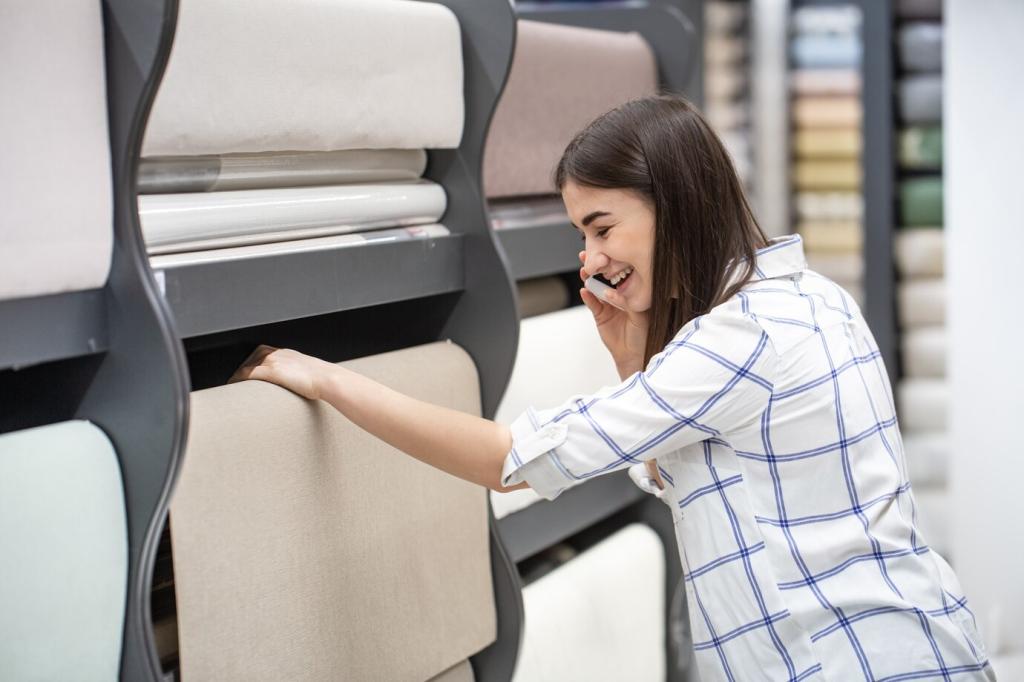
Springs Beneath the Surface
By the mid-nineteenth century, coil springs quietly transformed comfort, distributing weight and lifting cushions. Upholsterers layered horsehair, cotton batting, and webbing into resilient seats. Suddenly, softness had bounce, turning sitting from endurance into pleasure, and turning sofas into generous anchors for family ritual.
Parlor Etiquette and Conversation Sofas
The tête-à-tête, an S-shaped duet seat, choreographed flirtation within propriety’s boundaries. Upholstery became social engineering: close enough to confide, angled enough to behave. Fabric choices telegraphed taste, while trims and tassels signaled prosperity. Parlors became theaters where plush furniture directed every scene.
A Maker’s Ledger Speaks
A surviving upholsterer’s ledger notes a chaise with crimson mohair and steel springs, delivered before a winter ball. The client requested extra padding for long evenings. That practical request gives us a smile today, reminding us comfort has always shaped celebration and conversation.
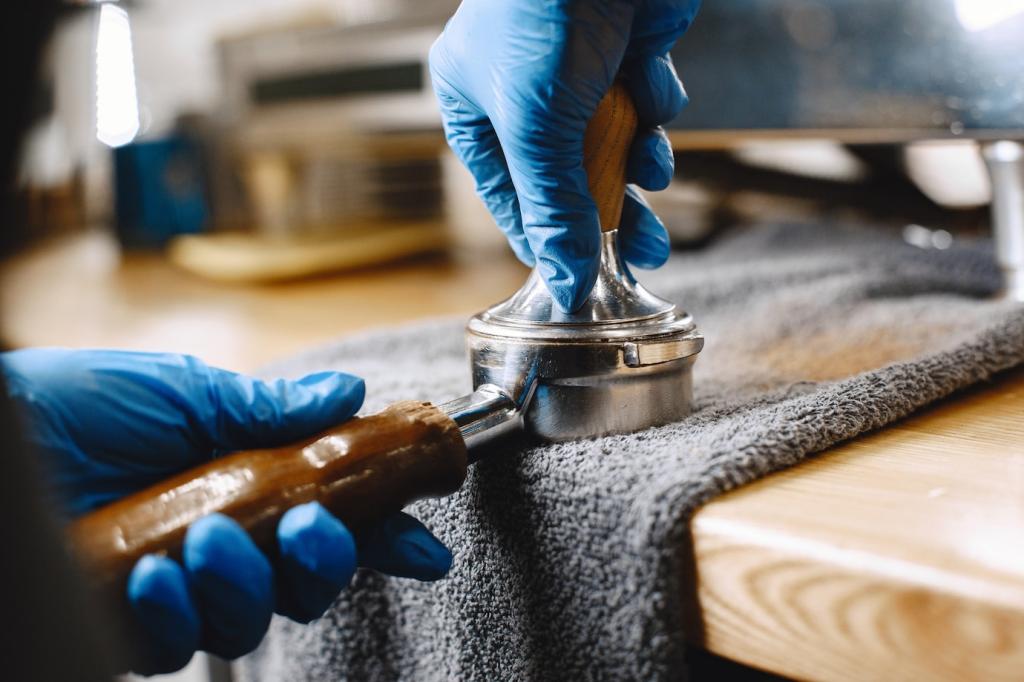
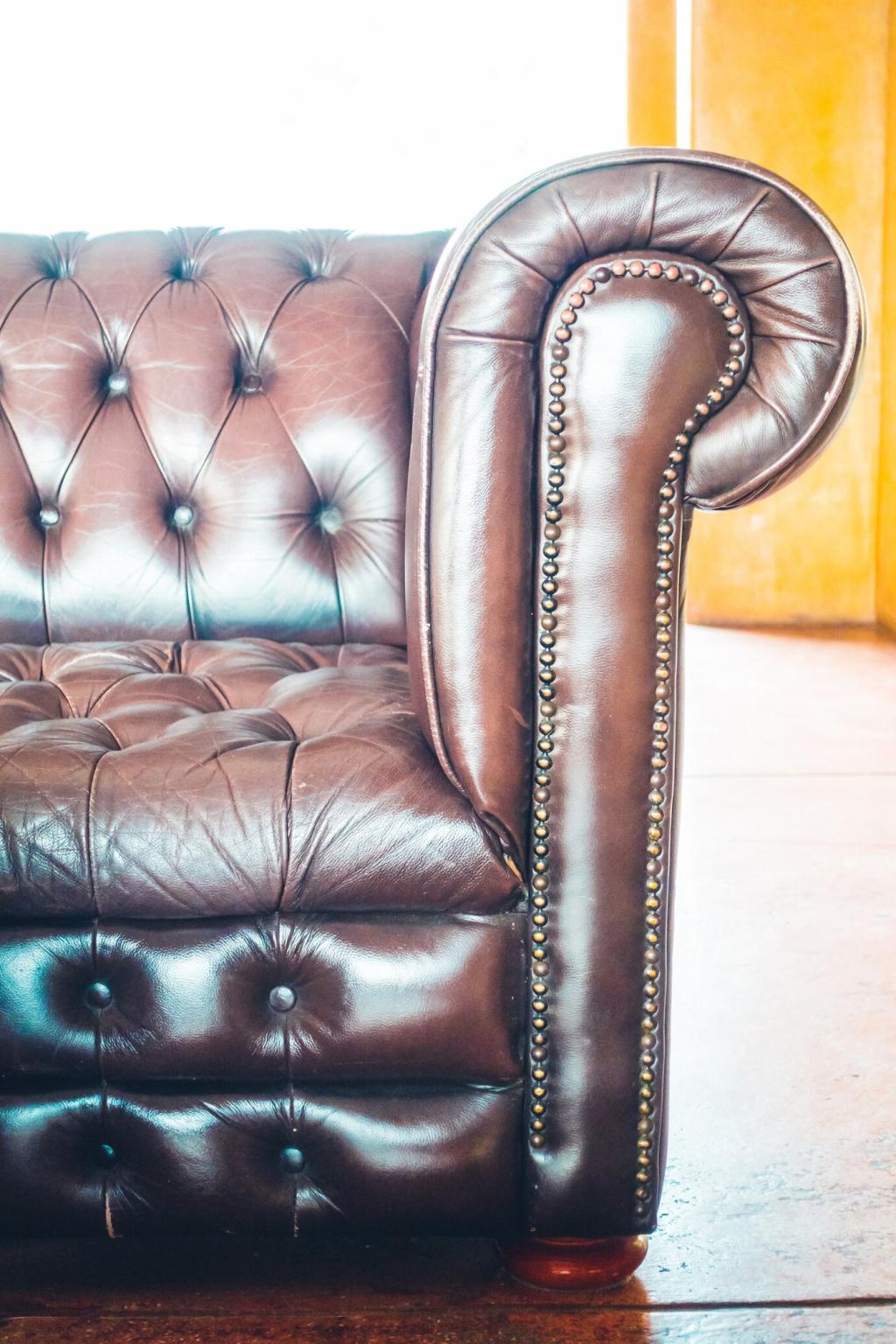
Modernism Redefined Softness
Le Corbusier, Charlotte Perriand, and Pierre Jeanneret framed plush cushions within rectilinear steel. The LC2 emphasized separation of structure and softness, a clear diagram of modern living. Its paradox endures: austere lines cradling indulgent pillows, making precision feel generous, and rationality feel unexpectedly humane.
Modernism Redefined Softness
Launched in 1956, the Eames Lounge sought the welcoming feel of a well-worn baseball mitt. Molded plywood shells cradle feather-soft leather cushions, mastering the balance of support and give. Broadcast on television, it made comfort a modern aspiration, glamorous yet familiar, like a good friend.
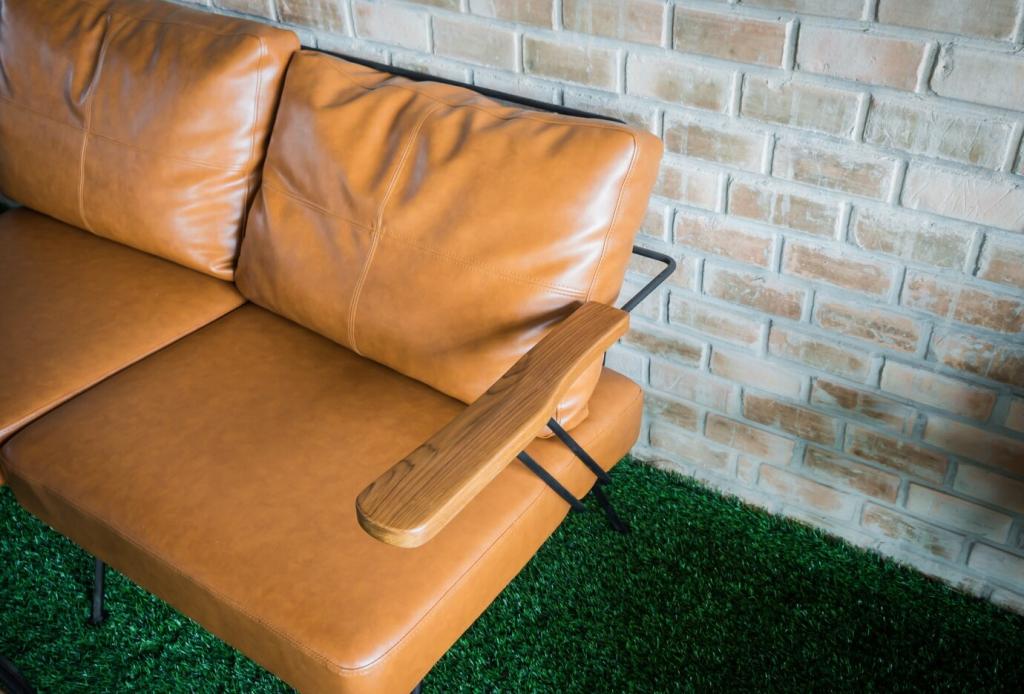
Comfort Now: Sustainability, Wellness, and Small-Space Living
Recycled Fillings and Responsible Fabrics
Designers increasingly use recycled PET fibers, natural latex, and certified down alternatives. Removable covers invite laundering and renewal, extending life. Fabrics resist stains without harsh chemistry, balancing durability and touch. The result is a softer footprint that still feels indulgent on quiet evenings.

